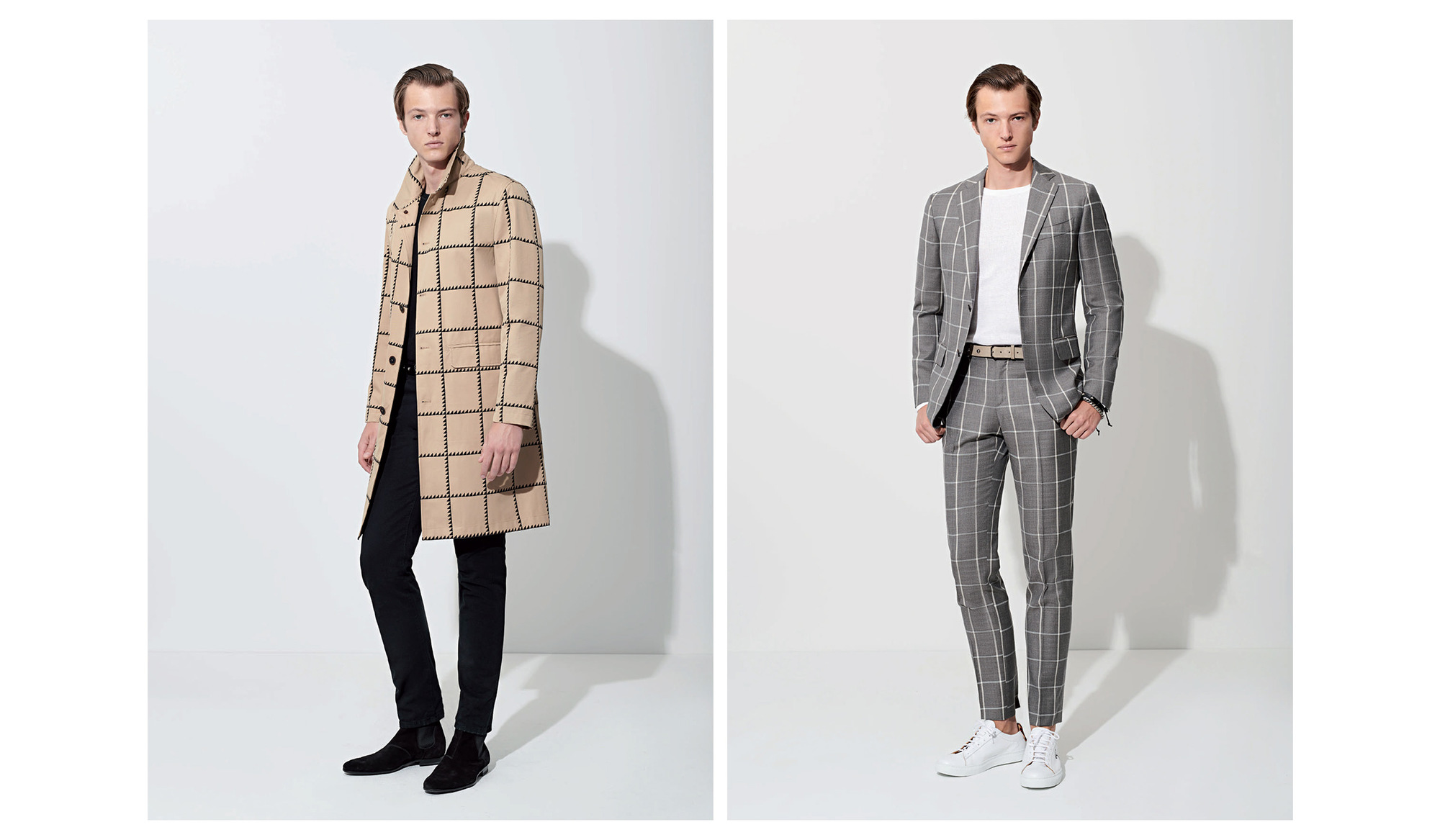The Q&A
Unapologetic Style: Catching up with Simon Spurr, the man behind Neapolitan tailoring's cool new ease

From high fashion to denim to tailoring—and finally—to something in between, Simon Spurr’s career trajectory has matched that of modern menswear twist for turn. Having worked for some of the titans of this industry (Hedi Slimane, Calvin Klein and Ralph Lauren), Spurr launched his eponymous label in 2006 to both critical and commercial acclaim. Now, as creative director of Eidos, Simon is bringing his unique mix of clean lines, bold graphics and color to a house synonymous with Neapolitan tailoring. Put simply, the results are impressive. So, with the latest Eidos collection live on Moda, Moda Operandi Man’s contributing editor, Josh Peskowitz, sits down with Simon to find out more about his career path, fashion vs. style and the unexpected places he sources his inspiration.
JP: Well, I won’t question that, but, I can attest to quality of Neapolitan construction and the Isaia group in particular. I want to know about how that collaborative process works. How do you find the balance between who Simon Spurr is, what Eidos can be and what Isaia is?
SS: Yeah, it’s not an easy thing to sum up. Being respectful of where the brand was when I joined, the desire of what Gianluca Isaia wants the brand to be—he wanted it to be more elevated and more European, which plays into my experience—and also the need to be cognizant of what the retailers want, all while still being true to myself. For the second season, we had some internal discussions and I was given the opportunity to turn up the volume in terms of the graphic nature, the attitude and the sensibility to bring it more in line with vision I have going forward.
JP: To that point, who is the guy that Eidos is for? In your mind, who are you designing for?
SS: I’d be lying if I said designing for myself didn’t play a part. He’s focused on quality and fit and has an ambition to have an unapologetic style. He quietly wants to be noticed and has an international style. Maybe he’s creative—music, graphic arts or whatever—and maybe he’s the younger cousin of the Isaia customer, as opposed to the younger brother.
JP: I’ve always admired your use of color. The easy route for many of the clothes that you design would be to do them in black or grey, but you don’t.
SS: It’s funny because personally I don’t wear color. So, I actually enjoy using color on other people. I’ve always tried to find a balance, because men can wear color very easily, but stronger colors need to be on garments that you could take off over the course of the day. It’s not like you’re going to take an extra pair of pants out with you for the day.
JP: So, after Ralph, Spurr as a denim line begins.
SS: Right, so I launched the first pair of Spurr jeans while I was still at Ralph. It snowballed from there into sportswear and that’s when I knew I had to leave Ralph. They allowed me to stay on for a year, which was great, because what I was doing with denim didn’t really interfere with my responsibilities at Purple and Black Labels. But when I moved into sportswear it was more of a direct competition.
JP: You were the first person to introduce pima cotton denim—I remember it. With the yellow selvedge line.
SS: It was an exclusive thing with Cone Mills. I don’t know how I managed that deal, but they developed that signature denim for me. So, they were my first partners, between Bergdorf’s and Cone Mills, they were the ones that launched me in menswear. It’s never just one person, or small group of people who builds a brand. You need internal and external partners, otherwise it’s impossible to compete.
JP: So, Simon Spurr as a brand started to get a lot of play both editorially and sales wise. You went into sportswear first and tailored clothing shortly thereafter. Your suit was really a hybrid between an English Style and an Italian Style. I remember very well that being something new to the market. I wonder how much of that aesthetic informs what you’re now doing with Eidos?
SS: I was offering an Italian made suit, with an English perspective in the American market, which was a great combination. Many of the suits being made by people in my peer group were U.S.-made and had a very American feel to them. I was heavily influenced by the suits my father wore going into London every day. Even though I grew up in the 70’s, his suits had a 60’s style to them: center cut vent, slimmer lapel and notch. And transferring that to Eidos, I have a certain DNA and a percentage of that will always come through in my work. But, I am very aware that Eidos is part of the Isaia group and I want to be very respectful of the Neapolitan tradition of the softer shoulder and the deconstructed suit, which I never did myself. So, it’s a true hybrid between my aesthetic and the Italian manufacturing, which one could argue is far superior to the make of the suits that I used to make.


